- Homepage
- News and Features
- The importance of tree management at your course
The importance of tree management at your course
This article was featured in the Spring 2019 edition of Your Course magazine
Lots of courses have taken out trees, often to the bemusement of their members. Why is tree management necessary and what problems can they cause when they get out of hand?
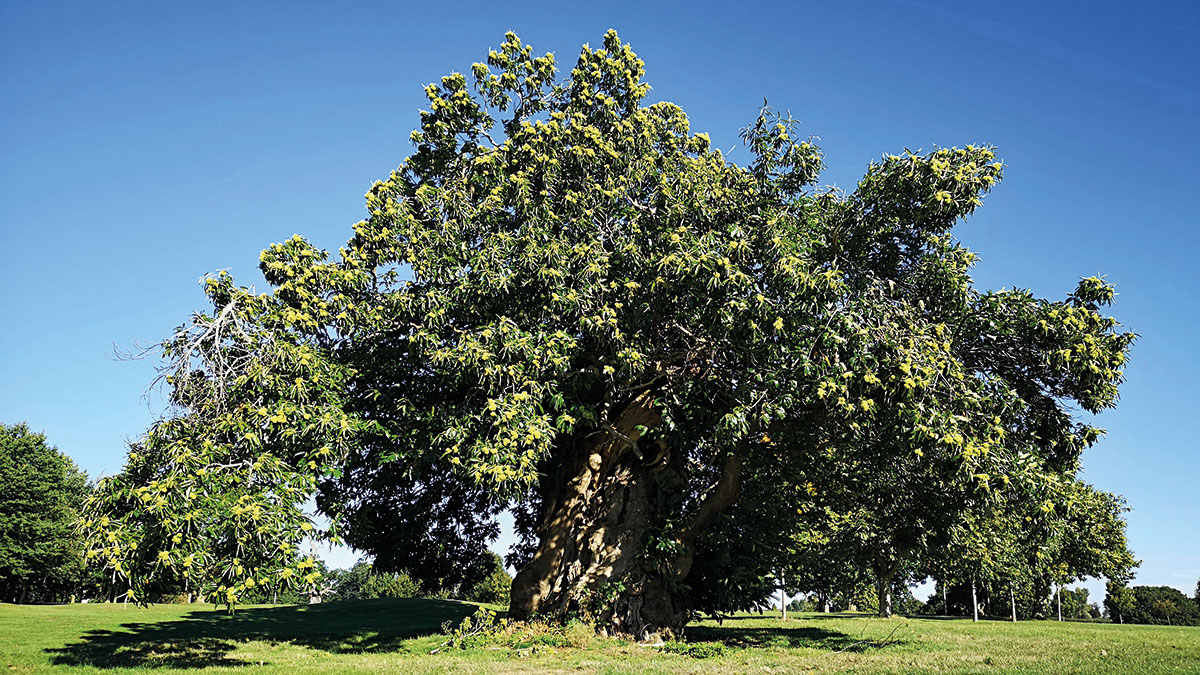
Restoring an old landscape
The picture below cannot be questioned. It reveals to the members of Broadstone how the heathland course once looked, before widespread tree planting took place.
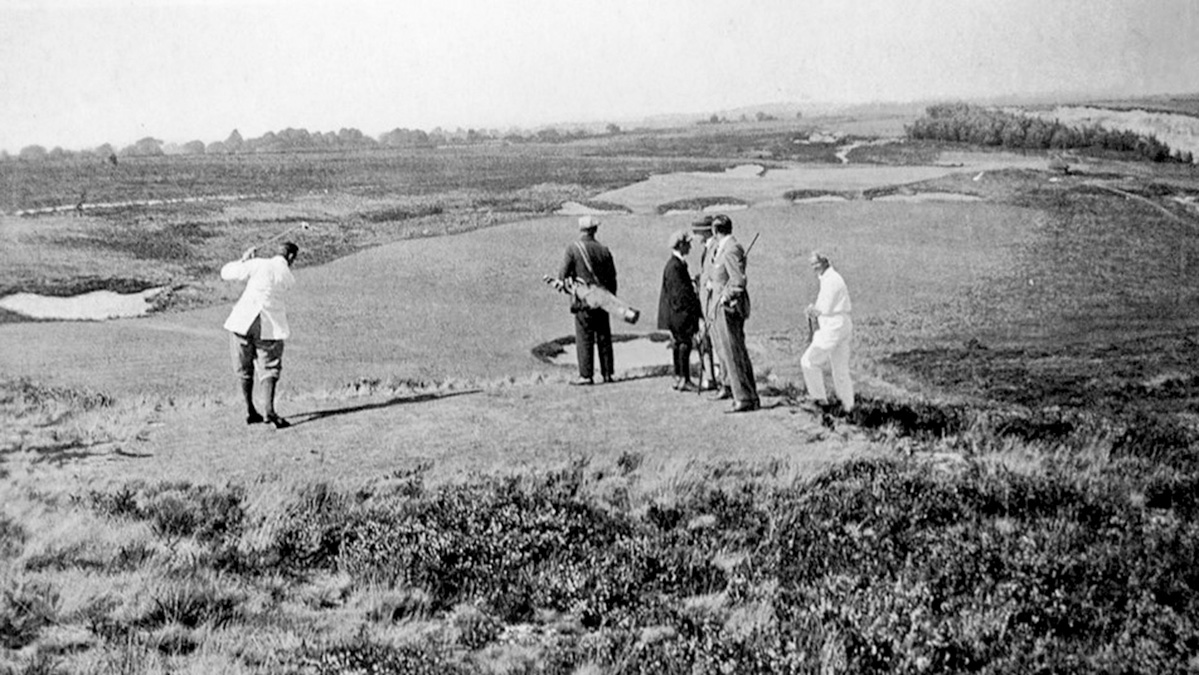
There’s a desire at Broadstone to restore those heathland features that made the area so important – heathland is, after all, a rare habitat in need of preserving. And when golfers question this move, asking why trees are being removed from the site, all head greenkeeper Paul Staples need do is dig that picture out of the archives.
Golf is a game that is steeped in tradition. Members play at their course for decades, comforted by the knowledge that generations of golfers played before them and aware of their responsibilities to preserve the course for generations to come. Perhaps long-lived trees are the physical embodiment of that?
But if they are not managed correctly, trees are not the benevolent force you’d think they might be on a course. They can cause huge problems.
Broadstone is one of England’s heathland treasures. Except it was under threat. The swathes of oak and birch planted during the last century were transforming this Harry Colt classic beyond all recognition.
The heather was dying and Broadstone was becoming parkland. The club, like so many others up and down the country, engaged in a programme to clear and thin out their woodlands.
For many golfers, wherever the chainsaw has been produced, that has been a difficult process as they have sometimes argued passionately about their retention. It’s in this environment that Paul reaches for the old grainy images. They show a course with nary a branch in sight. It’s a portrait that can convert even the hardest held opinion.
“It’s been massive,” he said. “We’ve got these pictures from 100 years ago and there was hardly a tree on the course. We’ve recently undertaken work on the 11th, which had a backdrop of trees. I photoshopped all the trees that were there and put them next to the old picture. It’s a tough one for golfers to say they don’t want it to look like that, because that’s what the course used to look like.”
The ecologist’s perspective
Ecologist James Hutchinson said: “The presence of trees is a delicate balancing act. I would say that trees, from an ecological perspective, are very important and without them golf courses would suffer considerably. I have visited around 280 courses over the past four years and I would have to say it is the ones with well-established trees of the correct species that have wildlife diversity in good numbers. That doesn’t mean every tree is good on a golf course and some species are not suitable or even safe. It’s important that greenkeepers and golfers understand what a good tree on a course is and what isn’t.”
If trees are planted in strategic locations, they need only be effectively managed. So why can they also be such an issue? The problem is that effective management is not what’s happened at some of our clubs. It hasn’t happened for generations, leading to trees that have crept too close to playing surfaces and are giving greenkeepers big headaches.
“Golfers like trees because they believe they absorb water,” said Paul. “The problem with birch, oak and those that lose their leaves during the autumn, is that they land in our heather and they raise the pH level of the soil. The heather dies and the leaves smother it.”
Potential problems
It’s a similar story at Leeds-based Headingley, where the trees that had been planted and left were producing major concerns for head greenkeeper Andy Stanger.
He said: “Invasive roots will get into your playing surfaces and cause you problems, particularly when they get into your greens. They will destroy your drainage systems and particular trees love the pipes that have got water in them all the time. They will just run right the way down them and block them up.
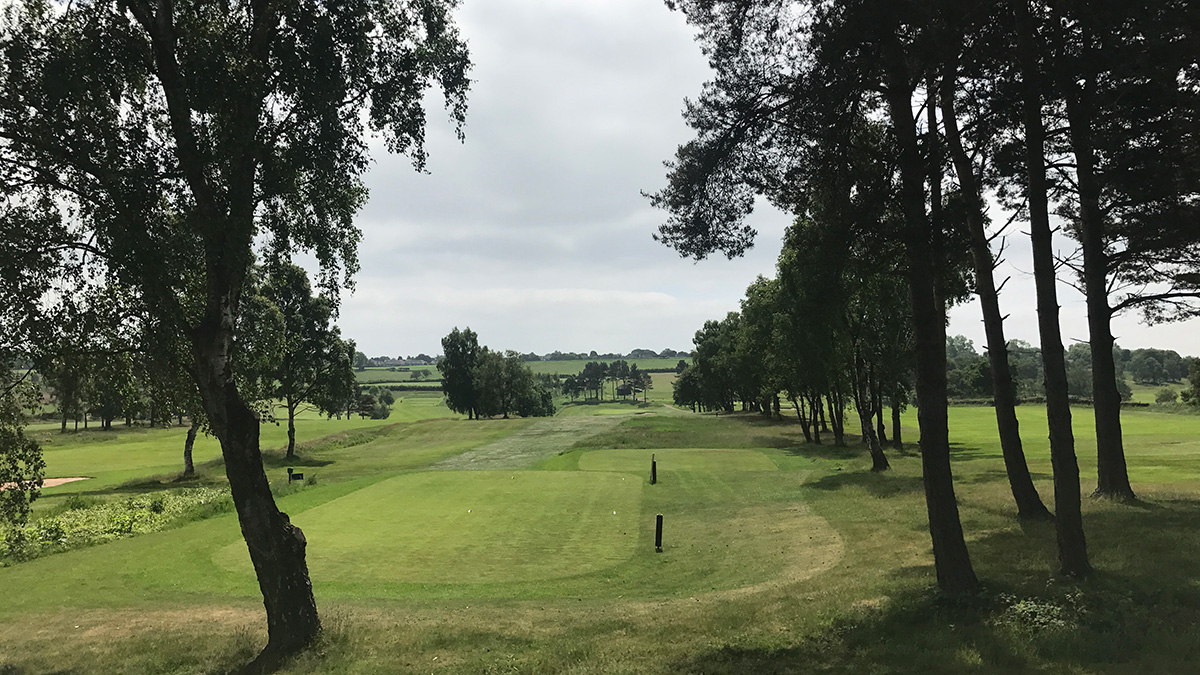
“Our 10th green in the autumn would be our first job in the morning. Before we could achieve anything, we’d go there and blow the leaves off. We couldn’t mow it, we couldn’t even wipe the dew brush over it because it was covered in leaves and twigs. That green in summer, when you are out hand watering and trying to keep everything alive, was going to be on the intensive care list before any other. The trees were five yards from it and the roots were right under the back of the green.”
While trees can certainly be beneficial to a parkland through the biological diversity they promote, James revealed they are much more problematic when found in anything more than small, manageable numbers around the course.
“Dense woodland actually has a detrimental effect upon biodiversity as the shade they provide prevents other plants, such as wildflowers, from growing.
“If there are large amounts of trees then greenkeepers will spend their limited resources managing trees, rather than the playing surfaces.”
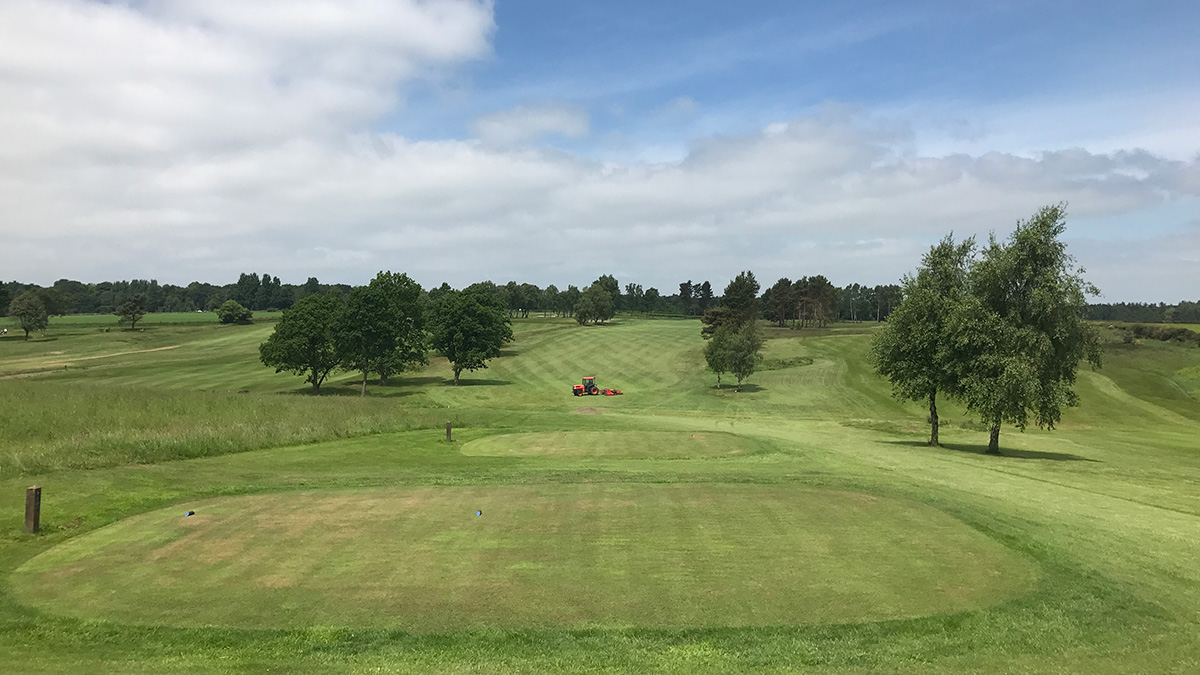
Greens maintenance
Trees cast a long shadow, but greens direct sunlight to grow. Cropped shorter than any other areas on the course, the turf on the greens is already under great stress. Shade caused by overhanging trees removes the ability of the grass to perform well, opening up the possibility of serious disease damage. That same situation occurs when greens are covered in leaves for extended periods.
“We’re trying to sow bentgrass into our greens,” said Paul. “We had five oak trees right of our first green this year and we couldn’t get any bent to grow on it. We took the trees down and now it is light all day.”
At Headingley, the club decided to thin out trees as required. The results surprised everyone, apart from the greenkeepers.
Andy said: “We have 18 greens but they are like 18 different children, they all behave differently. The first green was just choked completely but now we have released that. That was a green that would not be in play during winter because the right-hand side would be saturated and unstable. Now we have removed the trees, that’s no longer a problem.
Disease pressures
“Disease pressure is one of our great challenges as turf managers. You will get to August and, in theory, you shouldn’t have a lot of outbreaks in summer because it’s hot and dry and the fungus that cause turf disease prefer damp and moist conditions.
“If there are no trees then you get a breeze flowing across the greens, which clears away the early morning dew. But if there are trees surrounding a green then it is sheltered and moisture doesn’t disperse. Then at night, when the temperature drops, the moisture carpets the greens, making the ideal environment for diseases to multiply and take hold.”
Safety
There is also a safety aspect to tree thinning as falling branches can be dangerous and, sadly, even fatal to golfers and greenkeepers alike. Fewer trees make the area around them easier to manage and golfers are also able to play from around them, rather than being stuck in thick vegetation.
Veteran trees
The important thing is to strike a balance between playability and preservation, as James explained: “There have been times when I have advised a club to move a green or tee out of the shade of an important veteran tree, rather than cutting it down. That veteran tree may have stood there for 300 years already and, in the case of some species, may have another 700 years to go. Can we honestly say the green or tee will still be there over that time?”
Paul added: “Over the 400 acres of our site, we’ve got probably 50 to 60 beautiful oak trees that we will not cut down. My focus is to keep on top of the smaller trees so the heath doesn’t become parkland.
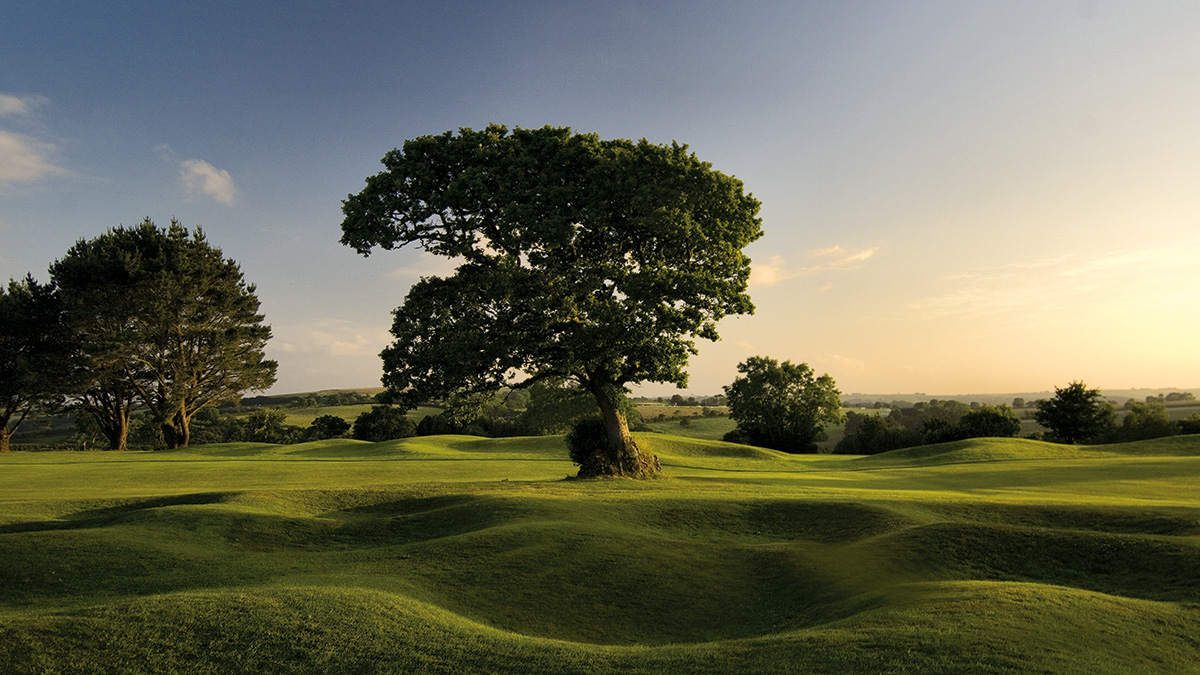
“The views are unbelievable across the course now but there is heath in between. Members are realising our fairways are starting to come back and we’ve got more grass coverage on them. They are starting to see the bentgrass coming through and understand why we are doing it.”
What are the negative effects of trees?
Shade, leaf drop, invasive roots, air movement block, risk of failure and expensive arboriculture fees are all problems that can be coursed by trees on a golf course that are not properly maintained.
What are the benefits of thinning out trees?
“In terms of golf it is quite straight forward,” said ecologist James Hutchinson. “It includes ball retrieval, mowing underneath and between the trunks but most importantly, being able to swing a club beneath the limbs.
“If we look at it from an environmental angle then the benefits are more air movement through the course, less shade and sentinel trees become more dominant, resulting in more wildlife. Of course, aesthetics are important and large oaks, beeches and Scots Pine are impressive features on a golf course.”
Author

